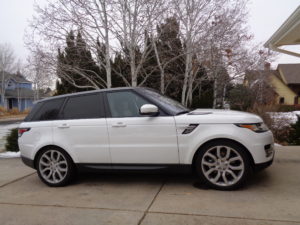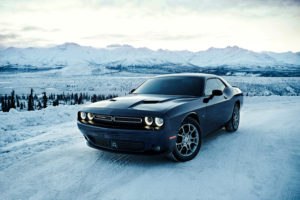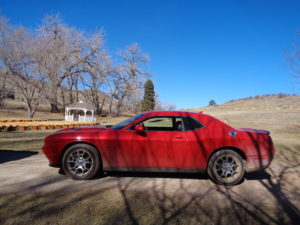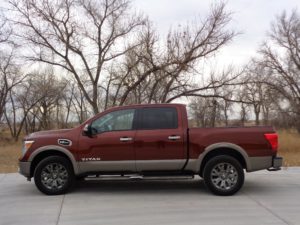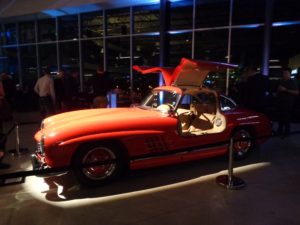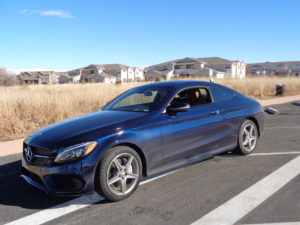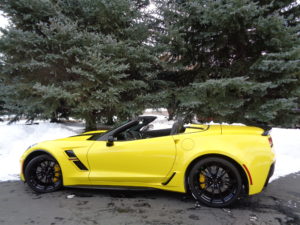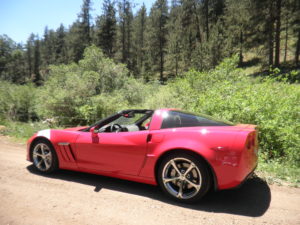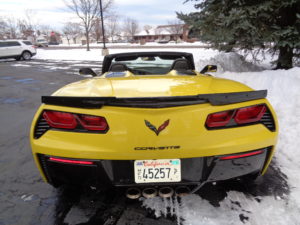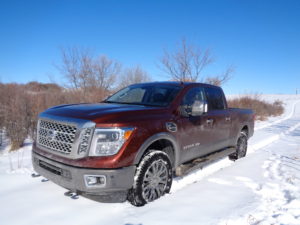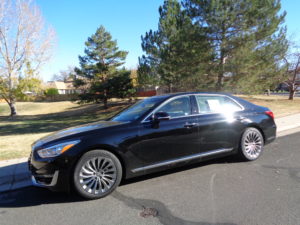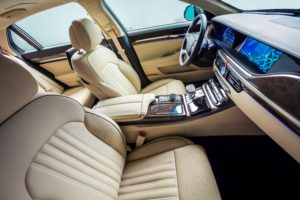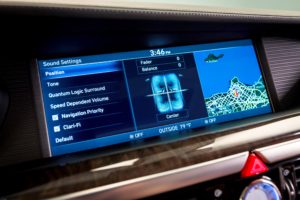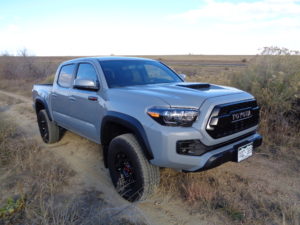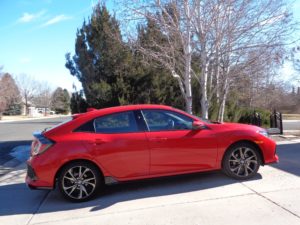
The hatch is back; so, too, probably are miles of smiles among some Honda Civic drivers.
The 2017 Honda Civic Hatch Sport is the first hatchback-styled Civic sold in the U.S. in 12 years.
The fact Honda continued to produce and sell the hatchback in Europe all that time kept young-minded Americans dreaming of owning one. Today, they’re cheered by the opportunity.
A small, direct-injection turbocharged 4-cylinder is the only engine offered in the five-door hatchback. The 1.5-liter block is rated at 180 horsepower and 174 lb.-ft. of torque, and linked to a short-shiftered 6-speed manual transmission.
The Sport kicks out fairly decently in low-end performance, falls off some at midrange, and cruises smoothly and efficiently. It can be had with a continuously variable transmission (CVT), though the manual undoubtedly pulls more response from the 1.5-liter.
EPA estimate for the new hatchback is 30/39 miles per gallon. Overall average for the review model was 34.2.
The Civic is a sporty handler, benefitting from higher damper rates, thicker antiroll bars and tuned steering over the sedan; both use MacPherson strut-front and multilink suspension at the rear. It rides on Continental 235/40R18 all-season tires.
A red rallye exterior finish seems perfect for the sleek, fastback-shaped Sport. It is trimmed in black, which some observers criticize as too heavy on a plastic appearance. The trim includes black-mesh faux intakes and vents at the front bumpers and at the rear, too.
Sizable storage bins are a highlight of the Honda’s dark interior, trimmed in red. In accommodating the bins, though, the width of the center stack edges right over into the driver’s knee space. A small color LCD screen provides rearview camera view. Rear seating space is somewhat tight. The cargo space of 25.7 cubic feet beneath the rear hatch is among the best in its class.
Among competitors for the Civic hatchback are the Mazda3, Ford Focus and Volkswagen Golf, along with others, such as the new Subaru Impreza Sport Hatchback. The Civic, Focus and Mazda all weigh within 40 or 50 pounds of each other; the Subaru, of about the same dimensions, is 150 pounds heavier due to its AWD setup. The Civic is of front-wheel-drive configuration; no plans exist for adding AWD, said a Honda official. Its basic specifications include 106.3-inch wheelbase, 177.9 inches in overall length, 70.8 width and 56.5 height. Curb weight is around 2,950 pounds.
The Civic Hatch Sport is priced at $22,975, including an electric parking brake and steering-wheel-mounted controls for its audio system/Bluetooth/USB Audio interface. Navigation is not included. Other amenities include leather-wrapped shift knob and steering wheel, side-curtain airbags, cruise control, aluminum pedals, intermittent windshield wipers, rear wiper with washer and capless fuel filler.
In addition to Sport, other trim levels for the Civic Hatch are LX, EX, EX-L and Sport Touring.
The hatchback is built in a plant in Swindon, England, where Honda has been producing vehicles for the European market since 1992.
